Documenting Macrofungi in the Lemhi Range
I have, at different times, been a student intern, volunteer and seasonal employee with the Sam Mitchel Herbarium of Fungi (DBG) at Denver Botanic Gardens since December 2017. This spring I was awarded a grant in cooperation with DBG for a project to document macrofungi in a largely unsampled region of Idaho, generate DNA sequence data from these and other fungarium specimens, and contribute this data toward the North American Fungal Diversity Survey (previously the North American Mycoflora Project).
In their own words, the mission of the Fungal Diversity Survey (FunDiS) is to “...equip citizen and professional scientists with the tools to document the diversity and distribution of fungi across North America. These data will help increase awareness of the critical role of fungi in the health of our ecosystems and allow us to better protect them in a world of rapid climate change and habitat loss.”
In early July, my partner, Lux, and I ventured to the Lemhi Range of the Middle Rockies in eastern Idaho and photographed, collected and described macrofungi for about 10 days. Our focus was on high-elevation subalpine and alpine habitats, but we also took the opportunity to collect in lower Douglas fir forests, various riparian areas, as well as within a small patch of old-growth ponderosa pine forest. In total, we made it back with about 55 fungarium specimens which captured a wonderful diversity of macrofungi including boletes, polypores, crusts, puffballs, clubs, corals, cups and gilled varieties (as well as others). Identifications will continue to be made over the next several months, and all specimens will be posted on iNaturalist under our project “Macrofungi of the Lemhi Range (Idaho, USA).”
One of our favorite finds from the trip was Helvella corium, a rather rare species in both the Middle and Southern Rockies. It has been reported elsewhere occurring on uranium mine tailings, and we documented it growing in the rubble of a historical copper mining operation near 2,150 meters (7,000 feet). Another was Coprinopsis nivea, a reportedly uncommon coprophilic species that was widely prevalent in the Lemhi Range. Lastly is another favorite, a ghostly-looking species of Clavaria, commonly known as fairy fingers, awaiting further examination for a positive identification.
Later this fall, I will be in the lab in the new Freyer – Newman Center at the Gardens, generating DNA sequence data for all collections as well as a number of additional fungarium specimens, focusing on subalpine-alpine habitats of Idaho and the Middle Rocky Mountain Region. All data will be made publicly available and will contribute towards an understanding of North American macrofungi.
Finally, I would like to acknowledge and thank the Stuntz Foundation for providing funding for the project, Dr. Andy Wilson for his support and guidance, Lux Sterling for her companionship and field photography, and the Gardens’ Research & Conservation Department for their help and cooperation with this project.
This post was written by mycology seasonal Justin Loucks.
Gallery
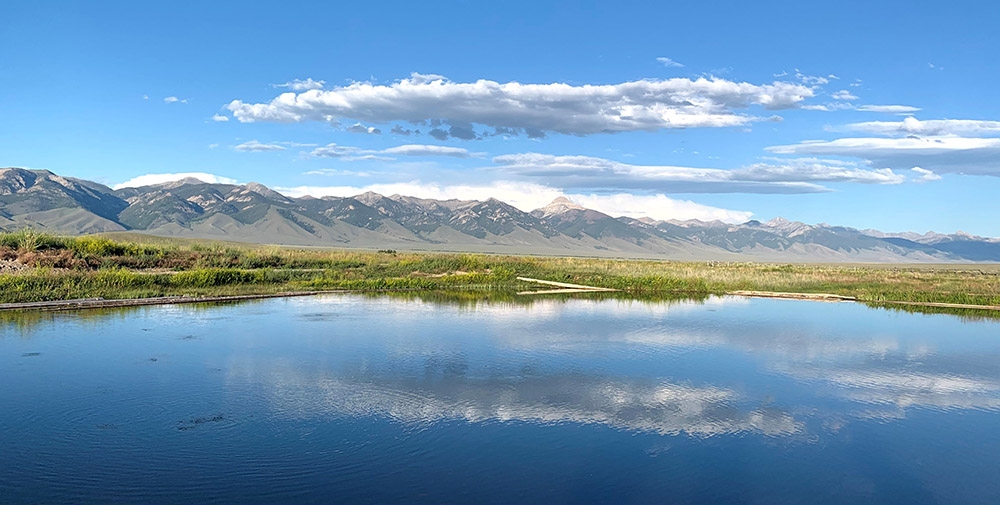
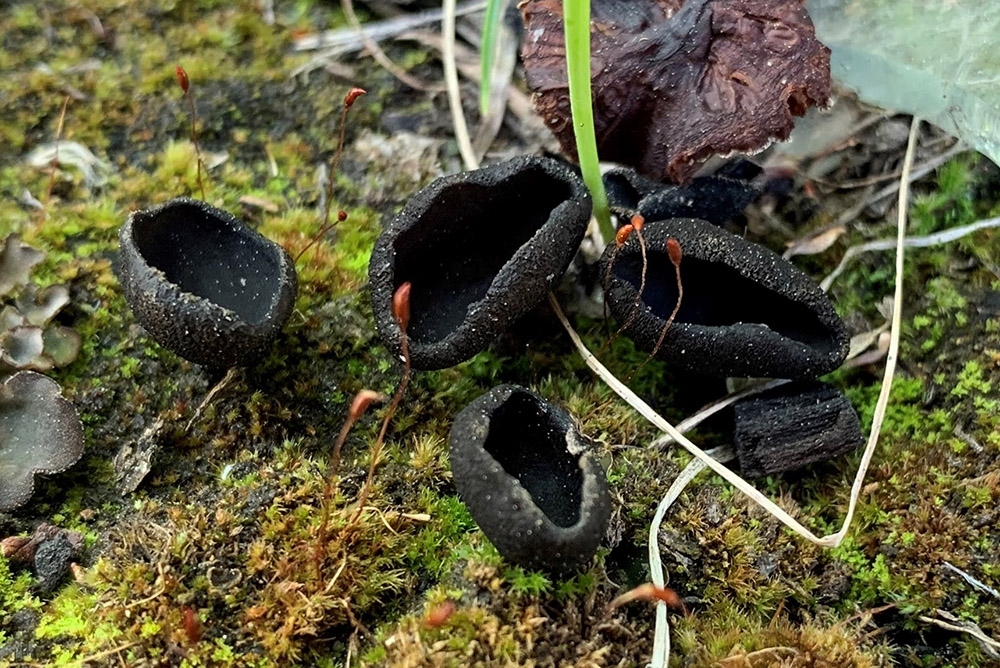
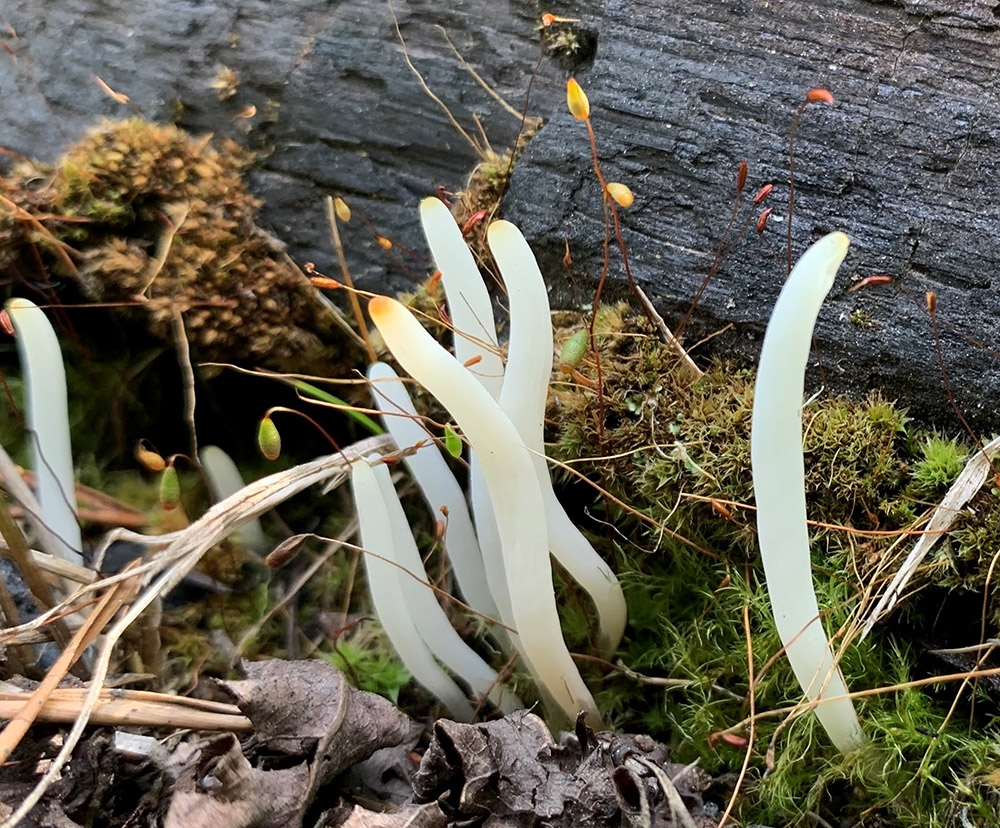
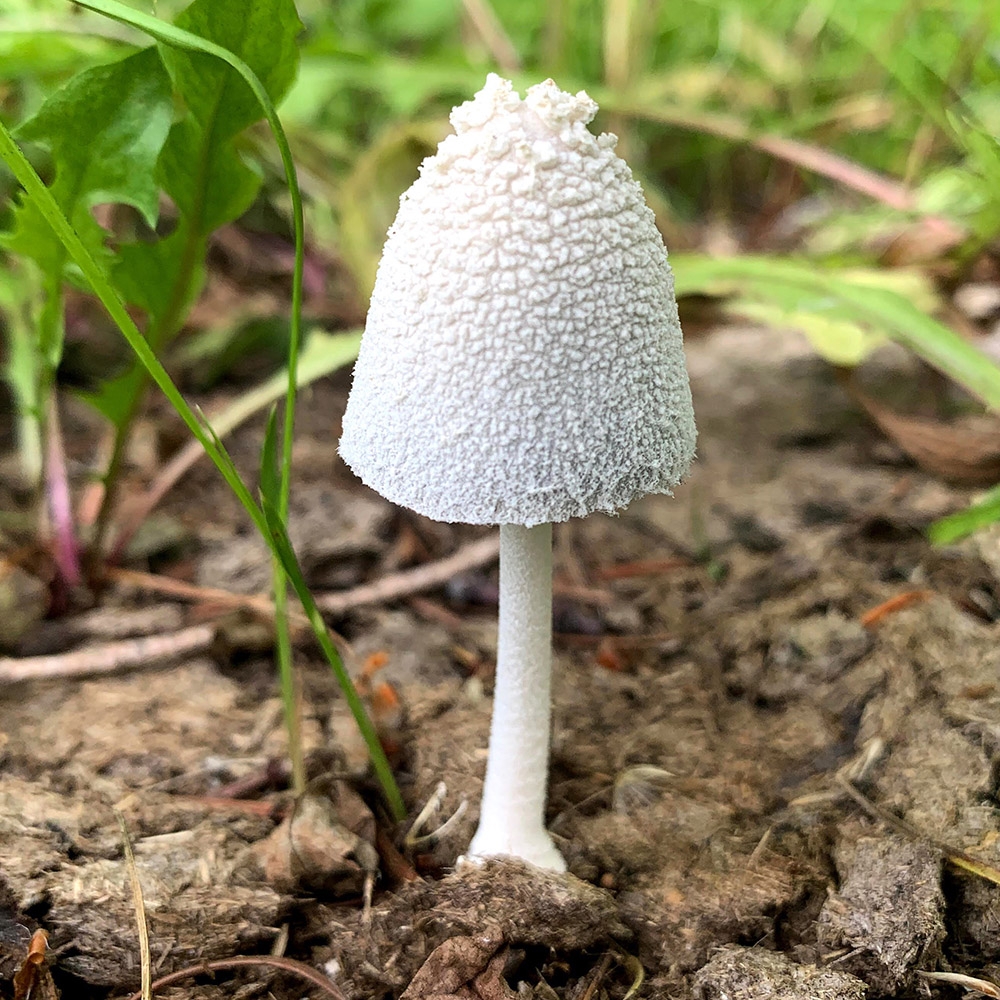
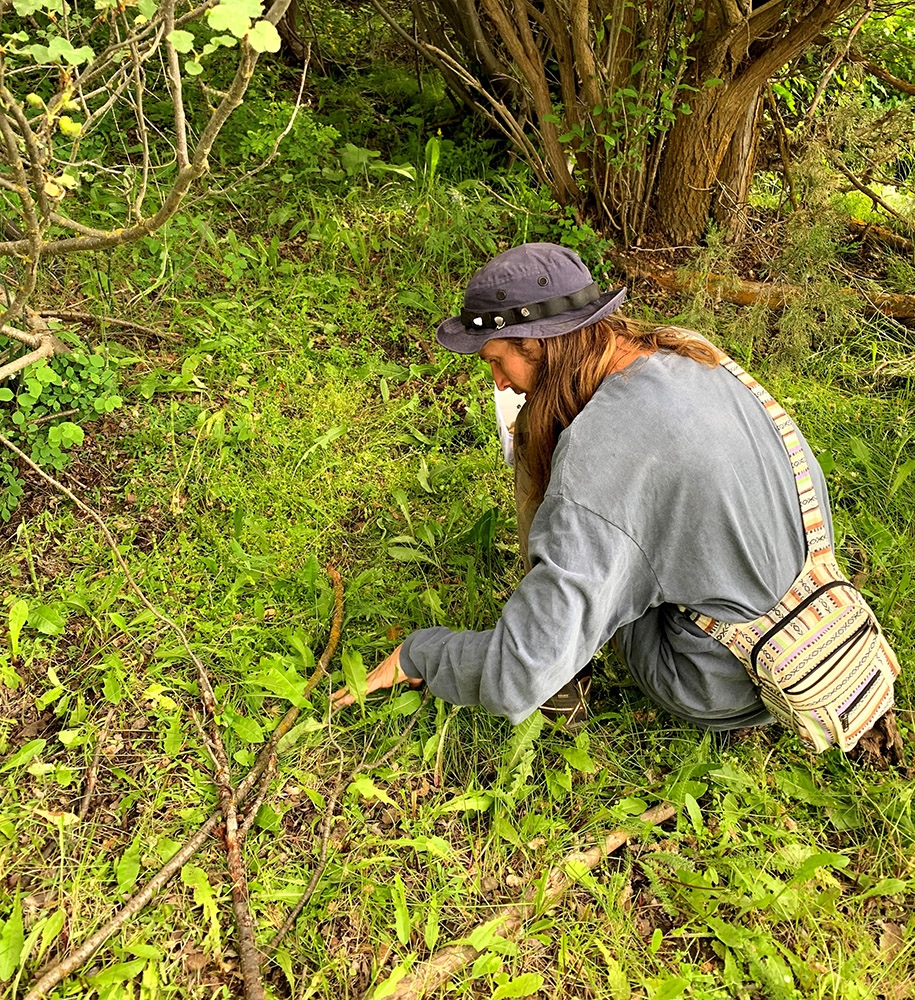

Add new comment